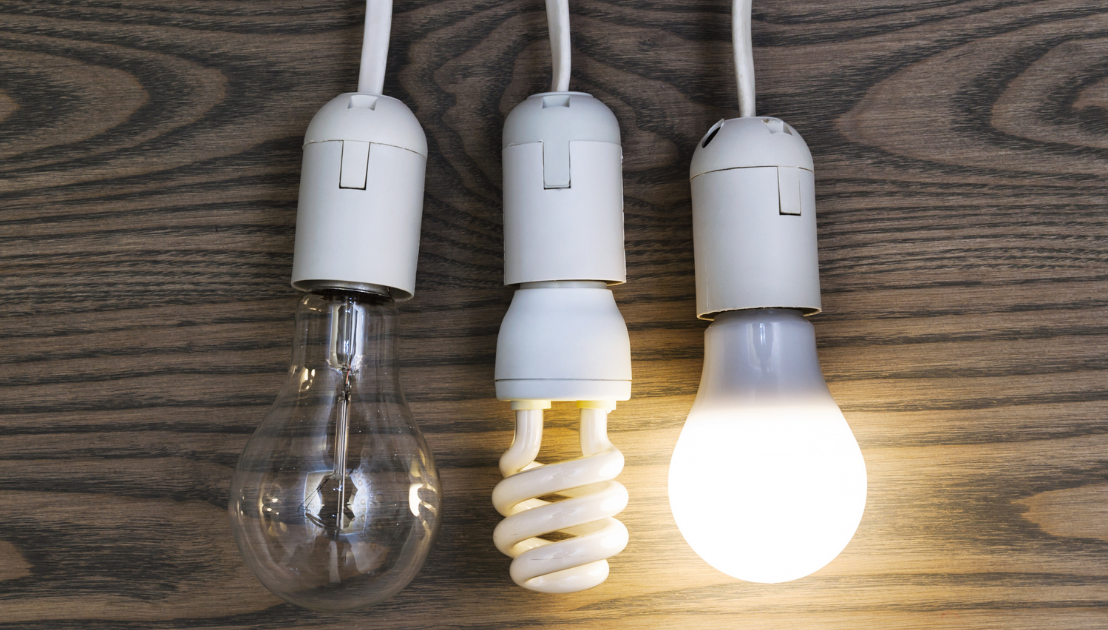In recent years, the evolution of lighting technology has sparked a significant shift towards energy-efficient solutions, revolutionizing the way we illuminate our homes, offices, and public spaces. LED lighting stands at the forefront of this revolution, offering unparalleled efficiency, longevity, and versatility. Beyond LEDs, innovative advancements continue to shape the landscape of energy-efficient lighting. Let’s explore the transformative power of LED technology and the exciting developments paving the way for a brighter, more sustainable future in lighting.
The Rise of LED Lighting
LEDs (Light Emitting Diodes) have revolutionized the lighting industry with their remarkable energy efficiency and longevity. Compared to traditional incandescent or fluorescent bulbs, LEDs consume significantly less energy, last longer, and emit less heat. Their durability and ability to produce high-quality light make them an ideal choice for both residential and commercial lighting.
Energy and Cost Savings
LEDs consume up to 80-90% less energy than incandescent bulbs, translating to substantial energy savings. Although LED bulbs may have a higher upfront cost, their long lifespan and reduced energy consumption result in lower electricity bills and maintenance costs in the long run, making them a cost-effective investment.
Environmental Benefits
The energy efficiency of LED lighting contributes to environmental sustainability by reducing greenhouse gas emissions associated with electricity generation. LED bulbs also contain no toxic materials like mercury, found in some traditional lighting options, making them safer for the environment and easier to recycle.
Versatility and Design Flexibility
LED technology offers versatility in lighting design. LEDs come in various shapes, sizes, and color temperatures, allowing for customizable lighting solutions to suit different environments and preferences. From warm, ambient lighting for homes to bright, focused lighting in commercial spaces, LEDs can be tailored to specific needs.
Smart Lighting and Connectivity
Advancements in LED technology have led to the emergence of smart lighting systems. These systems enable remote control, dimming, color adjustments, and scheduling via smartphones or smart home assistants. Integrating LEDs with sensors and automation further enhances energy efficiency by optimizing lighting based on occupancy or natural light levels.
Beyond LEDs: Emerging Innovations
Beyond LEDs, research and development continue to drive innovations in energy-efficient lighting. Technologies like OLEDs (Organic Light Emitting Diodes) offer thin, flexible, and aesthetically appealing lighting solutions suitable for various applications, including architectural lighting and displays.
Human-Centric Lighting
Human-centric lighting focuses on enhancing well-being by mimicking natural daylight patterns. Tunable LED systems can adjust color temperatures and intensity throughout the day, positively impacting mood, productivity, and circadian rhythms.
Efforts Towards Circular Economy
Manufacturers are increasingly focusing on the principles of a circular economy, designing lighting products for durability, recyclability, and minimizing waste. LED manufacturers are exploring ways to optimize product lifespan and create closed-loop systems for recycling materials.
LED technology has spearheaded a transformative era in energy-efficient lighting, offering numerous benefits in terms of energy savings, environmental impact, design versatility, and technological innovation. Beyond LEDs, emerging advancements like smart lighting, OLEDs, human-centric lighting, and sustainability efforts in the circular economy promise an exciting future for lighting solutions. By embracing and furthering these innovations, we move closer to a more sustainable, efficient, and adaptable lighting landscape that illuminates our spaces while minimizing our environmental footprint.
